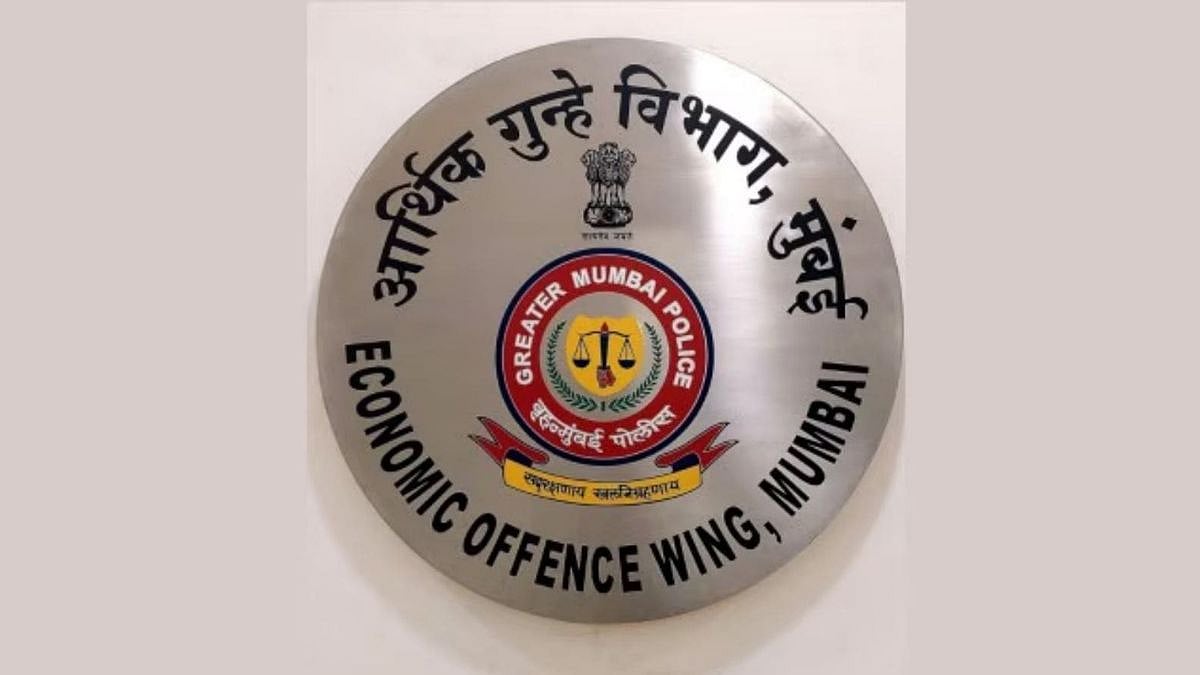A newborn, Shivansh, has been successfully operated for a rare large congenital diaphragmatic hernia (CHD). The baby boy was born with his abdominal organs such as intestine, bladder, spleen and part of liver inside his chest cavity, pushing the heart and lungs to the right. In a three-and-half-hour long minimally invasive surgery, doctors reorganised the organs and rebuilt the diaphragm through three small keyholes, measuring 3mm each. After seven days of ventilator support and 23-day long around-the-clock neonatal care, Shivansh is now healthy and recovering well.
The condition was detected during sonography, done in the 24th week of pregnancy at a primary nursing home. Being a rare condition, CHD is associated with a high mortality rate. The incidence rate for CHD is about 2.6 per 10,000 births with over 30 per cent-40 per cent mortality.
“Considering the foetal complications and need for advanced obstetric and neonatal care, we were advised abortion or transfer my wife to a tertiary care medical facility. We were relieved upon visiting Nanavati Max Hospital as, after primary diagnostic tests, doctors explained to us the mother and baby’s condition and the well-defined line of treatment,” said Shivansh’s father Krishna Singh.
Dr Suruchi Desai, Senior Consultant, Gynaecology and Obstetrics who treated the mother and child said, CDH caused foetus’s bladder, intestines, spleen and even part of liver to shift and occupy the chest cavity, pushing heart and lungs to the right side. The condition often results in the underdevelopment of lungs and affects the functioning of the heart, liver and intestine. Moreover, the mother had undergone two caesarean section surgeries in the past.
“We started monitoring the foetal growth to ensure safe delivery and my team successfully delivered the baby boy, weighing 3.1kg through a caesarean section in the 38th week of gestation. We intubated the baby immediately after the delivery and used mechanical ventilation to support its compromised heart and lungs. Within 24 hours, the child’s health parameters stabilised and he was fit to undergo the surgery,” said Dr Shetty.
Dr Kant Shah, consultant paediatric surgeon and his team performed a complicated three-and-half-hour long, minimally invasive, ‘thoracoscopic repair of diaphragmatic hernia,’ surgery. “We first repositioned the internal organs such as bladder, intestines, spleen and liver to their ideal anatomical positions. Followed by repairing the diaphragm by attaching it to the rib cage as a permanent solution. In order to achieve faster recovery and minimise possible complications, we opted for minimally invasive surgery, performed through three small incisions measuring just 3mm each,” said Dr Shah.
After the successful surgery, the baby returned on ventilator support and his vitals were closely observed for possible signs of complication. A day after the surgery, the baby developed respiratory distress and his oxygen saturation dropped. “We immediately performed an X-Ray and detected Pneumothorax—a serious lung condition that forces the lung to collapse. Pneumothoraces are more likely to occur in neonates with CDH associated with a large defect of the diaphragm due to the excessive pressure on the lungs by other abdominal organs. We successfully managed the condition,” said Dr Tejal Shetty, consultant neonatologist and paediatrician.
What is CDH?
CDH occurs when there is a hole in the diaphragm, which is the thin sheet of muscle separating the chest from the abdomen. When this gap forms during a fetus's development in the womb, the bowel, stomach or even the liver can move into the chest cavity. While the causes of diaphragmatic hernia in most infants are unknown, researchers believe that some instances of diaphragmatic hernia may be caused by abnormalities in the baby's genes.








